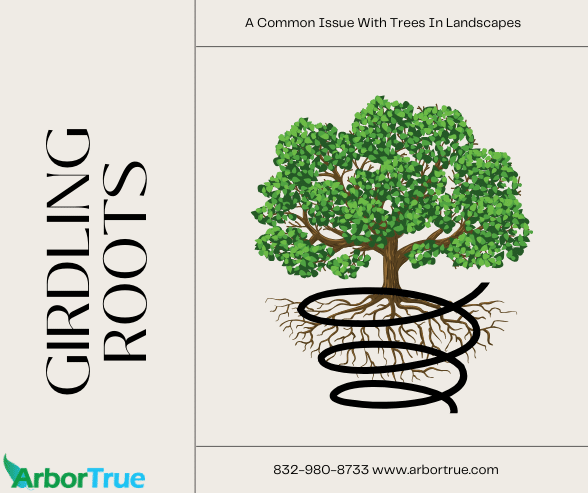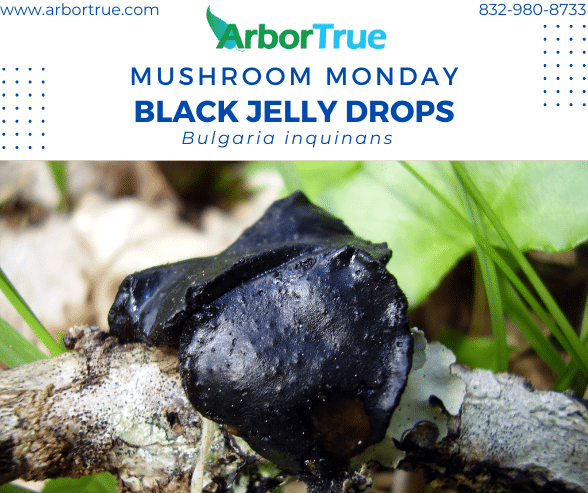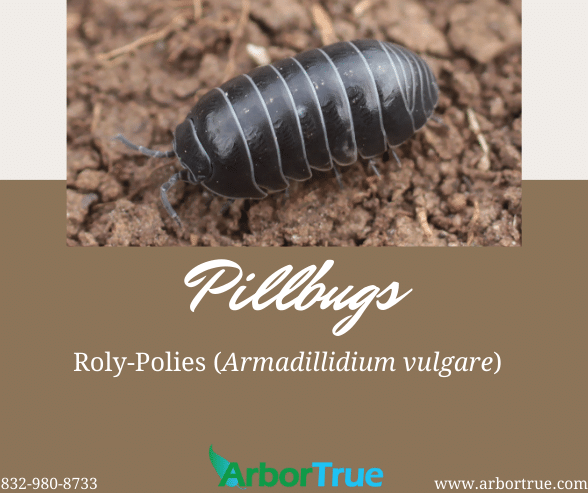
Blades of Thought – Bermuda vs. St. Augustine: Choosing the Right Grass for Your Lawn
July 16, 2025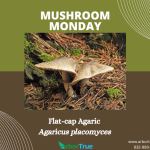
Mushroom Monday: Flat-cap Agaric (Agaricus placomyces)
July 21, 2025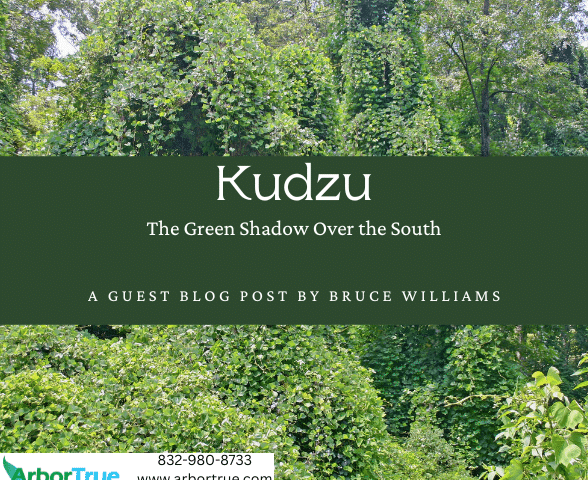
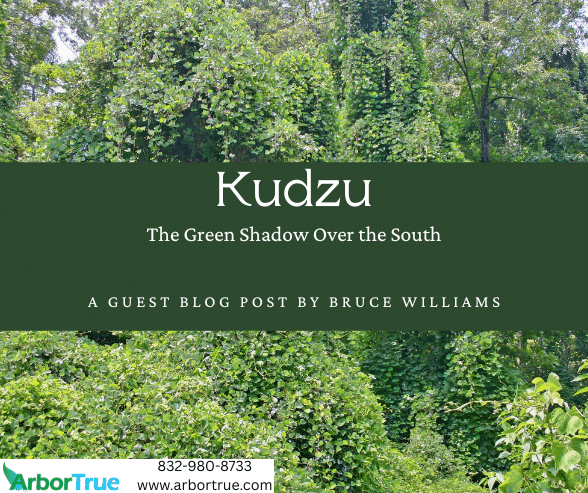
Today we have something special. Our very own Marketing Intern, Bruce Williams, has written a guest post for our TrueTreeTalk blog. Bruce is a college student studying business and currently is helping us with our blog, social media, marketing emails, and more. Bruce has been a great asset to us and we are looking forward to how his career and education develop.
In Bruce’s post, he looks at the infamous Kudzu – The Green Shadow Over the South. He lets us know what this plant is, how it got here, and gives us a little perspective on it. We hope you enjoy Bruce’s guest blog post.
Kudzu: The Green Shadow Over the South
You may have seen this vine, in images or in person, appearing to cover whole landscapes. In today’s TrueTreeTalk blog post, we’ll cover the story of kudzu, how it came to inhabit the South, and its impact on the lives of trees.
What is Kudzu?
Kudzu is a deciduous climbing perennial vine. It features alternating trifoliate leaves, is semi-woody, and can be mistaken for poison ivy. It grows to a length of between 30 and 100 feet and blooms from June to September. It can be found covering trees, ground, and buildings in open areas, such as abandoned fields, roadsides, and clearings.
The History of Kudzu
Kudzu is native to southeast China and Japan. Originally, kudzu was called kuzu in Japanese. It was first introduced to the United States in 1876 as an ornamental plant. However, it took root in the South in the Great Depression as part of the Soil Conservation Service’s campaign to reduce soil erosion at the height of the Dust Bowl. In the 1940s, kudzu enjoyed popularity. In fact, kudzu festivals and fan clubs were held. During the 1950s, this popularity faded and evolved into fear and awe at the rapidity of its growth. Exaggerated claims of kudzu “eating the South” emerged. It has since become known as a plant representative of the South and a nuisance to farmers and property owners.
How Bad Has Kudzu Gotten, Really?
Although kudzu may seem to cover the entire South, in reality, it covers about 227,000 acres of the U.S. While this is a lot, it is less than people might assume. Kudzu may appear more widespread than it is because it covers clearings and roadsides, which tend to be near where people live.
Impact of Kudzu on the Environment
Kudzu can grow up to a foot a day. It is well adapted to the climate of the South and to deep, loamy soil. As a result, kudzu can cover young tree saplings and other plant life, outcompeting them for sunlight. It also poses a threat to the man-made environment, often needing to be removed from railroads and telephone poles. One positive is that kudzu is a nitrogen-fixing plant.
How Will Kudzu Affect Trees?
As mentioned before, kudzu smothers developing trees before they have a chance to grow. The weight of the vines may break branches of adult trees and block sunlight. Additionally, they can increase the likelihood of windthrow.
How is Kudzu Removed From Trees?
The procedure for dealing with kudzu growing on trees is generally to cut the vine from the base and apply an herbicide to the stem. The extensive root system of kudzu makes removing it without herbicide especially difficult. The specifications for applying the herbicide and which herbicide to use can be tricky. It’s recommended that you get in contact with a tree-care specialist, such as an ArborTrue arborist, to deal with kudzu on trees.
If you found this information about kudzu helpful, check out our other posts on our TrueTreeTalk blog. Follow us on Facebook to keep up with these and other posts. Check out our list of blog posts grouped by topic for more to read. Also, follow us on LinkedIn for industry-related posts.
* * *
ArborTrue is a science-based tree service company in the greater Houston area. We also serve Austin and other parts of Central Texas. We provide a range of services including tree trimming, tree pruning, tree removal, tree planting, arborist consultations, and more. Call us today at 832-980-8733 (Houston) or at 512-546-3833 (Austin) or reach out to us online to schedule an appointment.
ArborTrue has a dedicated landscaping division, now serving select areas in the greater Houston region—with more locations coming soon. We specialize in organic practices, soil biology, and ecological health to help your entire landscape truly thrive. To learn more or schedule a consultation, contact us at landscape@arbortrue.com.

